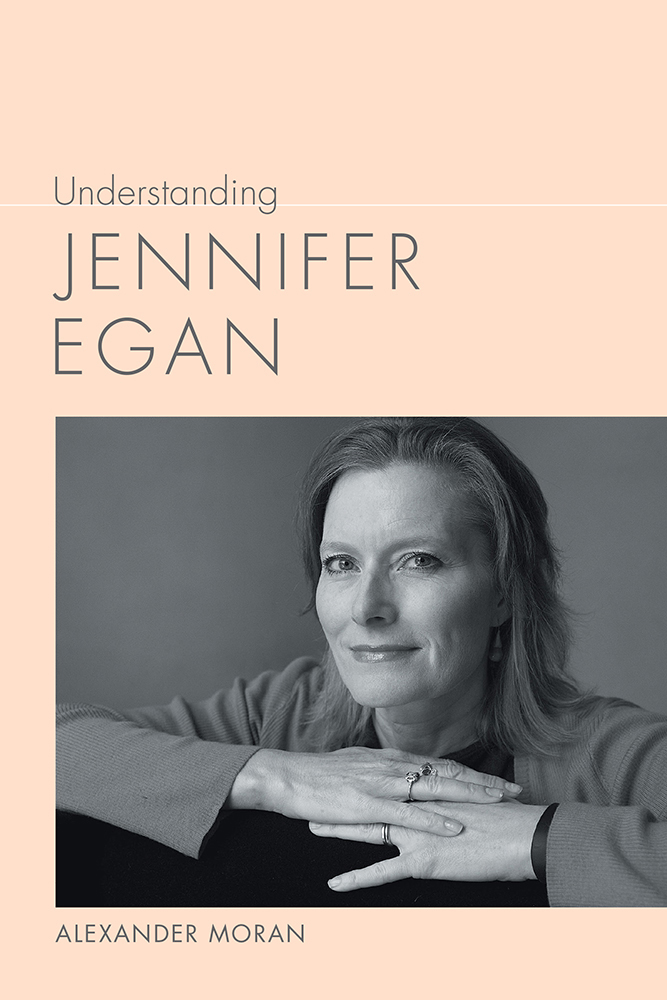In 1987, aged 24, Egan moved to New York. She applied to the MFA program at Columbia but was rejected (von Arbin Ahlander). As she states to Dinnen: “I didn’t come through the system and I don’t teach in the system, so I’m an outsider really” (“Artificial”). Postwar fiction has been named “the Program Era” by Mark McGurl, and with good reason, with contemporary publishing symbiotically bound up with numerous university writing programs. Many of Egan’s peers followed the path from an MFA to a writing career, such as Michael Chabon (University of California, Irvine), David Foster Wallace (University of Arizona), Junot Diaz (Cornell), Lauren Groff (University of Wisconsin– Madison), and many more. But Egan was not without guidance or support: “I created an ad-hoc MFA by taking workshops people were teaching out of their living rooms in New York when I first got there. Every workshop I sat in gave me something really vital” (Dinnen “Artificial”). She particularly lauds the influence of Philip Schultz—whom she met while working the slush pile for The Paris Review—in helping her to develop her voice (von Arbin Ahlander). Egan was not outside the creative writing system, but beside it; it was in this context that she wrote the stories that form Emerald City, which is why many of them contain the particular stamp of epiphanic structures promoted by creative writing classes.
cool

